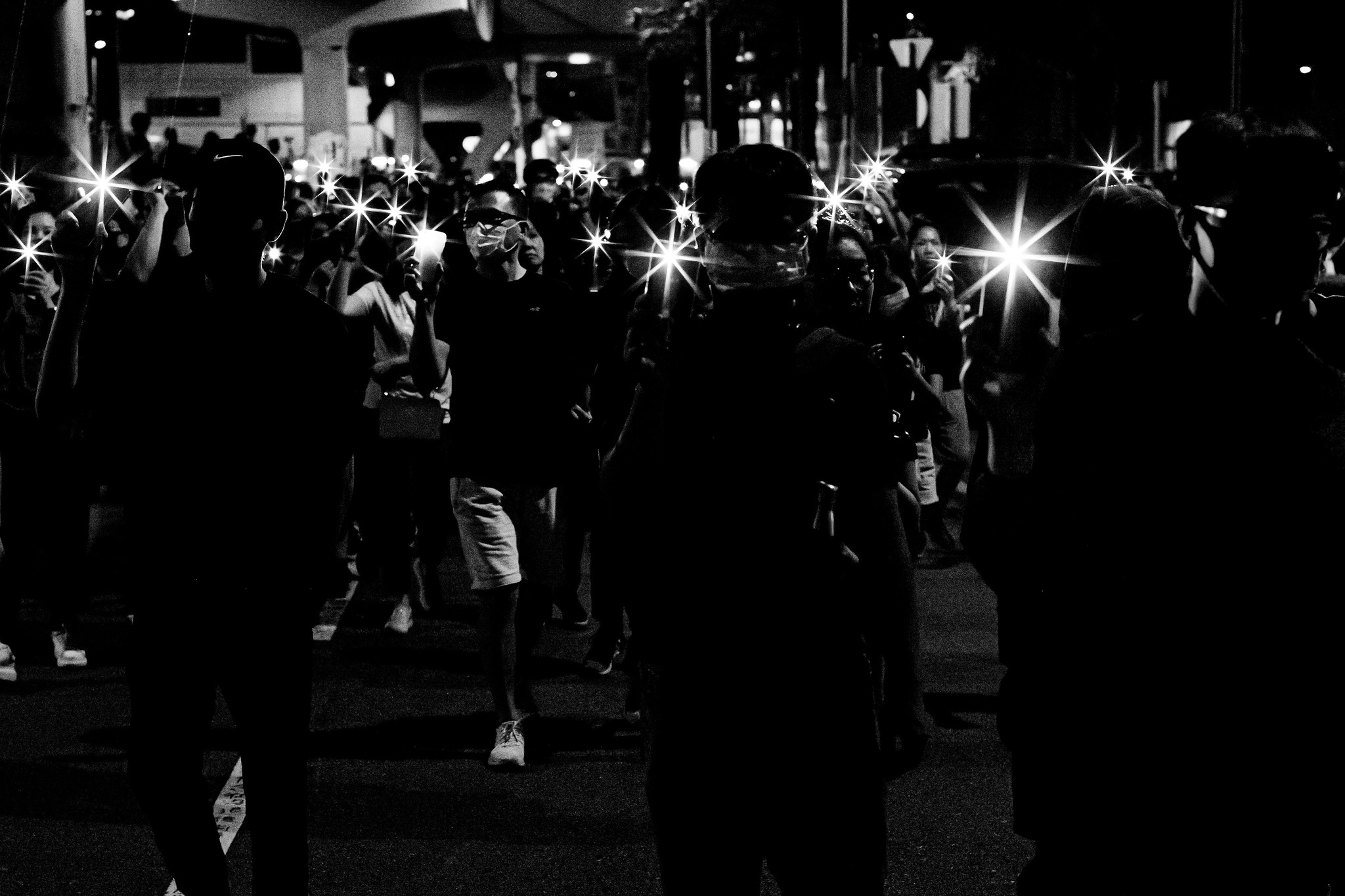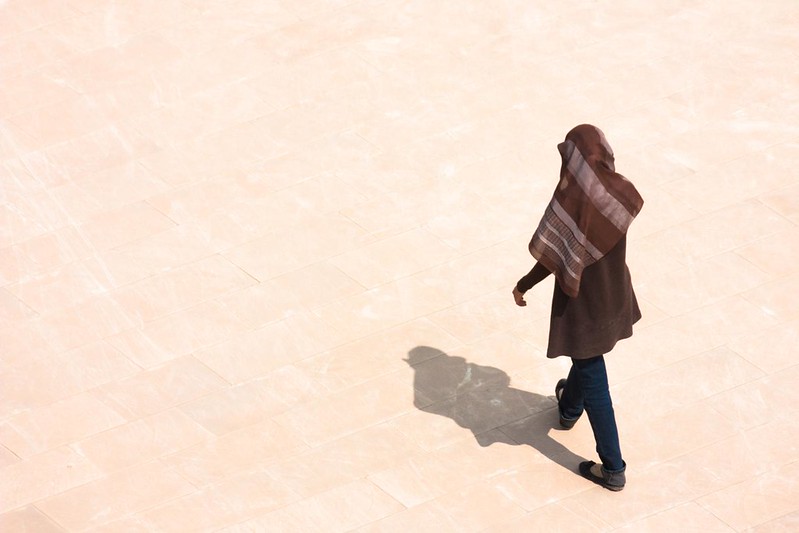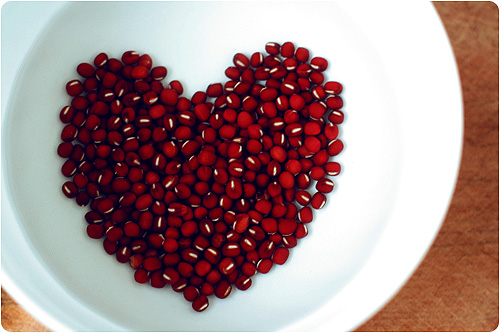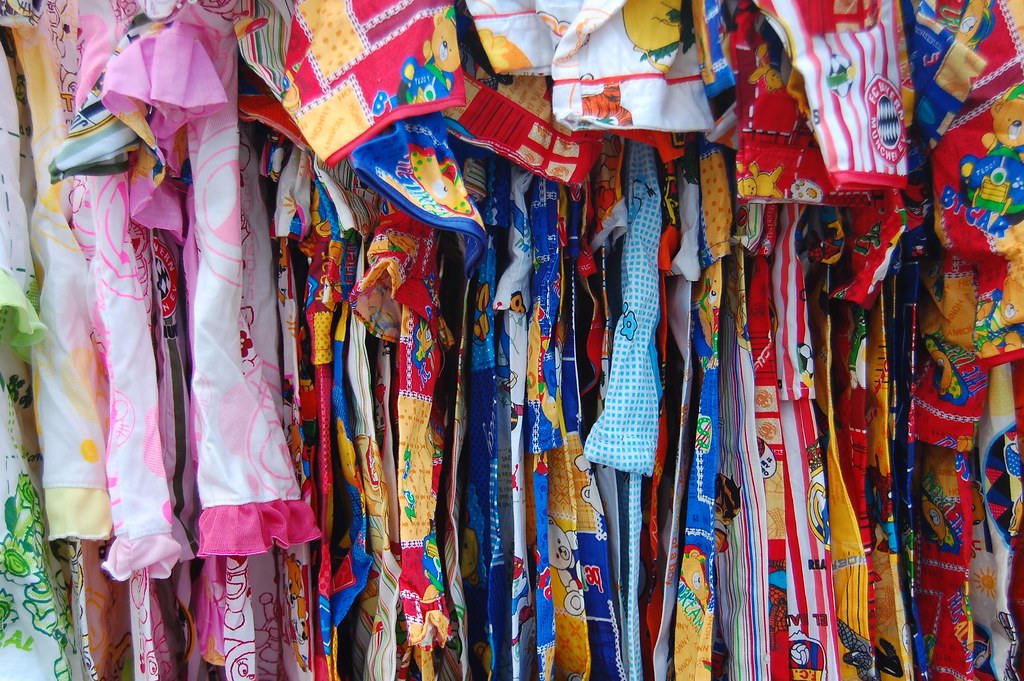Contrary to popular belief, fashion is more than just a vanity project, as the clothes we wear are an expression of our identity. The problem is, many women have long felt unrepresented, with the fashion industry’s narrow focus on thin, tall, and mostly, white women. Thankfully, the world is slowly chipping away at this cookie-cutter standard, with more and more women firmly calling out the industry’s lack of diversity.
What makes this movement even more remarkable is that Muslim women are finally being recognized by the fashion industry. For instance, the Islamic Fashion & Design Council launched the Pret-A-Cover Buyers Lane last year, where brands from all over the globe gathered to showcase gorgeous designs for Hijabi women. Global fashion giant H&M also launched their first modest clothing line for Muslim women last year, while high-street brand Mango released their very own capsule collection for Ramadan just last April.
This wider attention on women of different ethnicities and religions is long overdue, as they all deserve to be seen and heard by society now more than ever. Although powerful strides are being made in fashion right now, there is still one demographic that remains largely unrepresented — plus sized Muslim women.
This was described by Souad Haddara in a previous post on ‘Modesty and Fashion: Here to Stay’, when she noted how only one clothing line at the annual Hijabfest featured full-figured Hijabi women. Expressing her concern for inclusivity in the fashion community, she writes, “Muslim women of all sizes deserve to feel confident and beautiful in modest designs.”
Moreover, Pakistani fashion blogger and model Arfa Shahid shared with the BBC Minutethat it’s practically impossible to find the necessary clothing for her size. What’s even more surprising is that Shahid is now based in Dubai, a Muslim-majority country, yet, she still has a difficult time looking for clothes that the Qur’an calls for.
Although the global Islamic clothing market is poised to grow to an impressive $88.35 billion by 2025, one must ask: How come there appears to be no room for plus sized Hijabi women?
This problem stems from a variety of issues — from continuing stigma against minorities in the media and society, to a lack of diversity in boardrooms. It’s worth noting that plus sized fashion, itself, is also just beginning to be embraced by the industry. For instance, while plus sized women constitute a total of 68% of fashion consumers in America, the majority of the people in the boardroom are straight-size figures creating clothes that only go up to size 12.
But plus sized Hijabi women are also pushing back. Fashion stylist Hakeemah Cummings launched a campaign that advocates for inclusive modest fashion called #CurvyConfidentCovered. The campaign features modest-wear from the Baltimore-based called Minmirry and the fashion-forward brand Abaya Addict, which carries designs up to a size 2XL.
Moreover, plus size fashion brands have also begun providing modest clothing items that can be used by Hijabi women. One great example is Old Navy’s maxi dresses that come with long sleeves and flowing silhouettes, aside from covering the knees. Meanwhile, Woman Within’s knit straight-leg pant provides a perfect balance between comfort and style, as the cozy fabric and handy pockets make for a stylish addition to any Hijabi fashionista’s arsenal. Examples like these have made shopping a little easier for plus sized Hijabi women, although there is much more to be done.
Since the fashion industry is heavily reliant on self-image, it’s imperative for our sisters who are fuller in size to feel represented with the clothing they see in stores. These efforts show that a truly inclusive range of modest clothing is possible, only with the right amount of courage and faith.
Photo Credit.
















